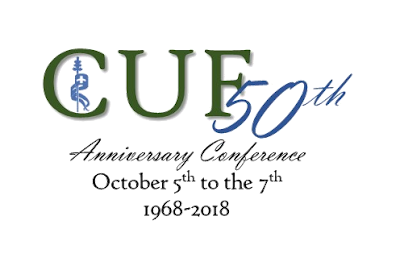St. Ignatius of Loyola was born at Loyola in the mountains of northern Spain in 1491. A member of the minor nobility, Ignatius spent his youth and early adulthood as a courtier and soldier. He occasionally vowed to dedicate himself more fully to God, but never quite followed through. It was only after he read the lives of the saints while convalescing from a leg wound incurred during a battle that he finally began his spiritual pilgrimage with real intent at the age of 30.
Soon after this, St. Ignatius began to experience ecstatic visions, but within a year suffered a period of intense spiritual dryness (what St. John of the Cross termed the “dark night of the soul”), which nearly drove him to despair. He persevered, however, and out of this was born Spiritual Exercises, one the most important Catholic spiritual works of all time. Ignatius was a true mystic. He centered his spiritual life on the essential foundations of the Faith - the Trinity, Christ, the Eucharist. His spirituality is expressed in the Jesuit motto, Ad majorem Dei gloriam - “for the greater glory of God.”
In spite of his noble origins, St. Ignatius lived an astonishingly humble lifestyle, which others often resented. Yet he attracted several followers (including St. Francis Xavier), and in 1540 received approval from Pope Paul III for his new order, The Society of Jesus, or the Jesuits. In a very short time, this order would go on to become one of the best known of all Catholic religious orders, taking the Gospel to the four corners of the world.
O God, who for the greater glory of thy Name, didst endue thy Church militant with an increase of strength through the life and labours of blessed Ignatius: grant us, by his help and example, so to wage our earthly warfare; that with him we may be found worthy of a heavenly crown; through Jesus Christ thy Son our Lord, who liveth and reigneth with thee, in the unity of the Holy Spirit, ever one God, world without end. Amen.
 |
| Church of the Gesu, Rome. |

















